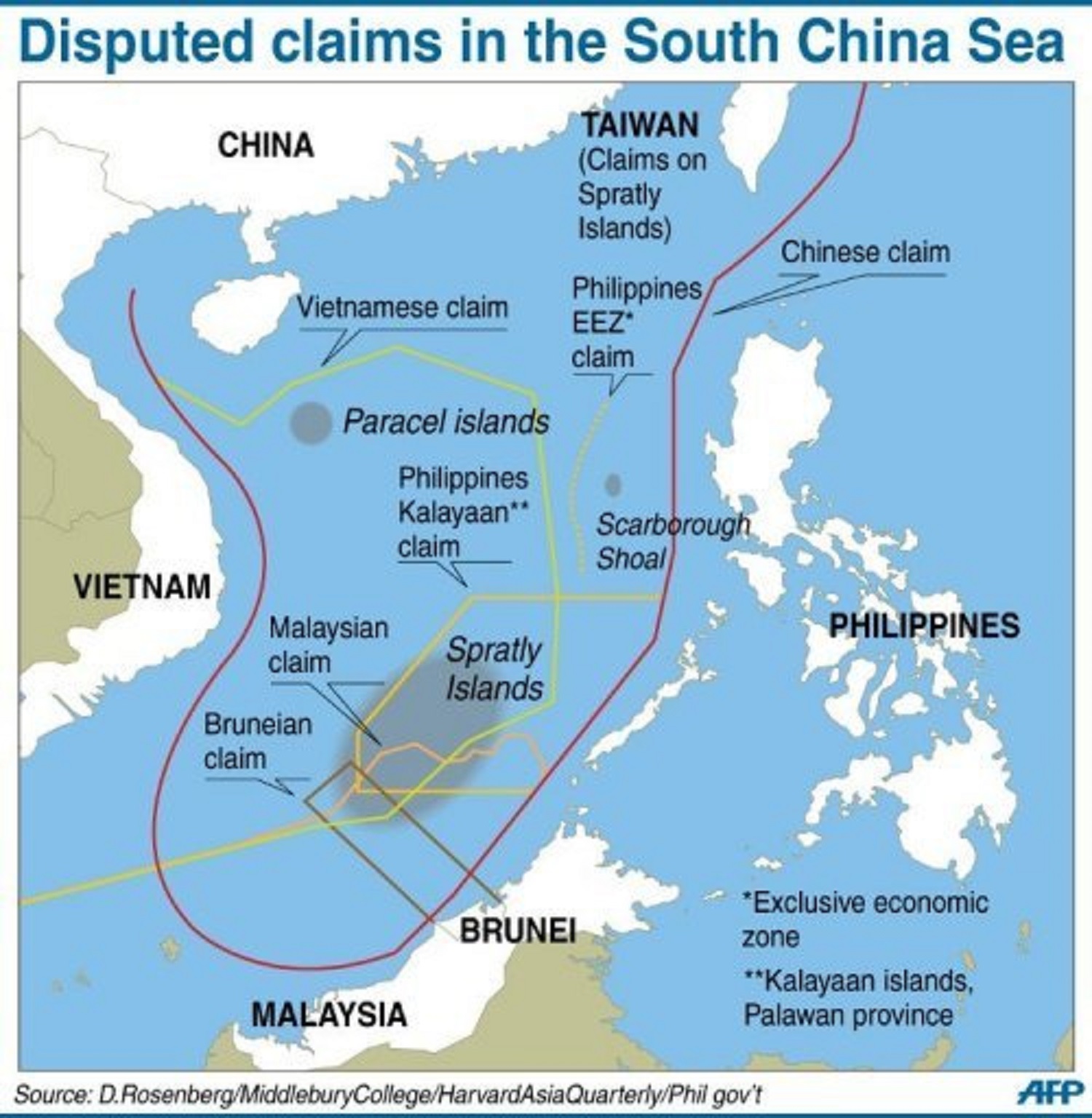A Saga of Disputes, Diplomacy, and Potential Conflict
By Luke Allen
Military Political Analyst
Makati, Manila
lukeallenmanila@journalist.com
The South China Sea, an area encompassing strategic waterways and rich maritime resources, has been a hotbed of tensions and conflicts since the 1970s. Central to the dispute are China and the Philippines, whose conflicting territorial claims in the West Philippine Sea have been further exacerbated by China’s assertive Wolf Warrior diplomacy. The timeline of events unfolds a narrative of evolving policies, diplomatic maneuvers, and potential military challenges that could have far-reaching consequences.
The roots of the South China Sea conflict trace back to the 1970s when several countries, including China, Vietnam, the Philippines, and others, began asserting territorial claims over various islands and reefs within the region. As the years progressed, tensions escalated, with skirmishes erupting sporadically. In 1995, China occupied the Mischief Reef, a move vehemently opposed by the Philippines. The latest challenge is Thomas Shoal, also known as Ayungin Shoal, it’s a small coral reef located in the South China Sea / West Philippine Sea which sits approximately 200 kilometers west of the Philippine province of Palawan. The area falls within the exclusive economic zone (EEZ) of the Philippines, as defined by international law, granting the country sovereign rights over its resources and marine ecosystems.
Fast-forward to the 21st century, and China’s foreign policy, under President Xi Jinping, has undergone a transformation marked by assertiveness and aggression. Dubbed “Wolf Warrior diplomacy,” China adopted a more confrontational stance, discarding its previous policy of peaceful coexistence. This approach, exemplified by combative rhetoric and hawkish actions, has raised alarms internationally and have further complicated the South China Sea dispute. In the case of Thomas Shoal, China has consistently displayed bullying tactics by attempting to seize control of the area. Chinese naval vessels have blockaded the shoal, preventing the resupply of Philippine Marines who were stationed on a grounded ship, the BRP Sierra Madre. This move effectively isolated the Marines on the vessel for several months, subjecting them to harsh living conditions and limited supplies. China’s actions demonstrate a clear violation of the United Nations Convention on the Law of the Sea (UNCLOS), which it is a signatory of. China now has shown disregard for the rights of the Philippines. By preventing the resupply of its troops, China aims to assert dominance and control over the disputed shoal.
In 2016, the Philippines secured a significant legal victory when an international tribunal ruled in favor of its claims in the South China Sea. The Permanent Court of Arbitration invalidated China’s expansive “nine-dash line” claim, recognizing the Philippines’ rights to certain maritime features. However, despite this legal win, President Rodrigo Duterte adopted a pragmatic approach, steering the country away from direct confrontation with China. His administration pursued warmer ties, focusing on economic cooperation rather than confrontation.
With the rise of Ferdinand “Bongbong” Marcos Jr. to the presidency, the Philippines’ stance on the West Philippines Sea dispute could face a shift. Building upon Duterte’s approach, Marcos might emphasize pragmatic collaboration while ensuring Philippine sovereignty. However, if internal pressures or strategic considerations push for a more assertive stance, tensions with China could resurface.
Should the Philippines decide to challenge China militarily over the West Philippines Sea dispute, the repercussions could be dire. The military capabilities of the two nations are vastly mismatched, with China possessing a modern and formidable naval force. A military clash could lead to significant loss of life and damage to regional stability. Furthermore, the United States, which has strategic interests in the region, would likely be drawn into the fray, due to its defense commitments to the Philippines. This could result in a dangerous standoff between the world’s two largest economies, potentially sparking a wider conflict. Moreover, such an escalation might trigger even more international intervention, drawing in other global powers with vested interests in the region.
As the situation in the South China Sea unfolds, the importance of diplomacy and pragmatic decision-making cannot be overstated. While the Philippines possesses a strong legal standing due to the arbitration ruling, navigating the complexities of power politics and regional dynamics requires careful deliberation. Collaborative efforts, multilateral negotiations, and adherence to international law must guide the path forward. The Philippines should stay on the high ground and not sail down the foolish path of conflict, world opinion will be on the side of justice and peace.
